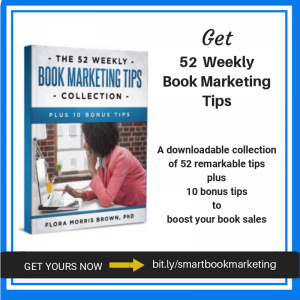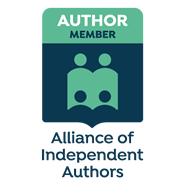 I had the pleasure of being a beta reader for APE: Author, Publisher, Entrepreneur-How to Publish a Book
I had the pleasure of being a beta reader for APE: Author, Publisher, Entrepreneur-How to Publish a Book by Guy Kawasaki and Shawn Welch. It is easy reading, packed with tips, tools, links, actionable steps, and a supporting website (APETheBook.com,) along with warnings of the pitfalls of self-publishing.
Historically, traditional publishers successfully blocked the door to publication for many authors until digital publishing changed the game. With direct access to their readers via platforms such as Amazon Digital Publishing authors can now enjoy faster success and higher profits.
Why Self-Publishing?
Kawasaki turned to self-publishing when he discovered that a traditional publisher could not handle an order for 500 ebooks. He became a convert, and enlisted the aid of Shawn Welch to help him understand the complexities of publishing ebooks, who created and and produced Kawasaki’s book, What the Plus!: Google+ for the Rest of Us
Kawaski strongly believes
“. . .self-publishing enables you to determine your own fate. There’s no need to endure the frustration of finding and working with a publisher. You can maintain control over your book and its marketing, receive a greater percentage of revenues, and retain all rights and ownership.”
But he does not suggest that self-publishing is easy. Without guidance, it can be confusing, inefficient and unnecessarily expensive.
APE makes it clear that to self-publish successfully, you must be willing to don all three hats: author, publisher and entrepreneur.
Becoming an APE
APE begins with four good reasons and two bad ones for becoming an author. The desire to make lots of money is one of the two bad ones since earning great wealth from book sales, though possible, is rare.
Whether you are writing your first book or fifth, APE will enlighten and empower you. It is loaded with details about preparing your manuscript, ballpark costs of self-publishing, publishing options, copyright issues, digital rights management and valuable self-promotion techniques, such as how to pitch bloggers and reviewers.
APE offers us publishing Plans A, B and C and urges us not to get stigmatized when we can’t find a traditional publisher. He chucks out the stigmatized phrase “vanity publishing” and ushers in a new one.
“Self-publishing could change from stigma to bragging point–maybe we could change the term to “artisanal publishing” and foster the image of authors lovingly crafting their books with total control over the process.”
By crowdsourcing the editing of APE, the authors attracted hundreds of writers, coaches, entrepreneurs and bloggers in the field who gave priceless input to help catch errors and build in real-life examples, anecdotes and sources.
You will learn in one chapter details on navigating Amazon and from another chapter, tactical and practical guerilla marketing techniques.
The section on becoming an entrepreneur is the most valuable section for the self-publisher. Here you will learn how to create your profile and platform using the major social media sites, as well as details on creating a press release, virtual book tours and using social networks designed especially for writers and readers.
While APE shows us how to self-publish, it does not discourage traditional publishing, nor harnessing the power of a traditional PR launch.
If you’re looking for a get-rich-quick road to self-publishing, this isn’t it.
If, on the other hand, you want a content-rich, user-friendly, comprehensive and up-to-the-minute guide for navigating the self-publishing waters, get APE today. It’s the new self-publishing bible.
About the Authors
Guy Kawasaki is the author of APE, What the Plus!, Enchantment, and nine other books. He is also the co-founder of Alltop.com, an “online magazine rack” of popular topics on the web. Previously, he was the chief evangelist of Apple. Kawasaki has a BA from Stanford University and an MBA from UCLA as well as an honorary doctorate from Babson College.
Shawn Welch is the author of From Idea to App, iOS 5 Core Frameworks, and iOS 6 for Developers as well as the developer of several iOS apps. Previously he worked as a senior media-editor for Pearson Education.
He also helped pioneer many of Pearson’s earliest efforts in iPad solutions. Welch has a BS from Kansas State University.
============
Are you encouraged to try self-publishing again or for the first time? Share your thoughts.
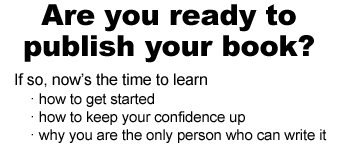
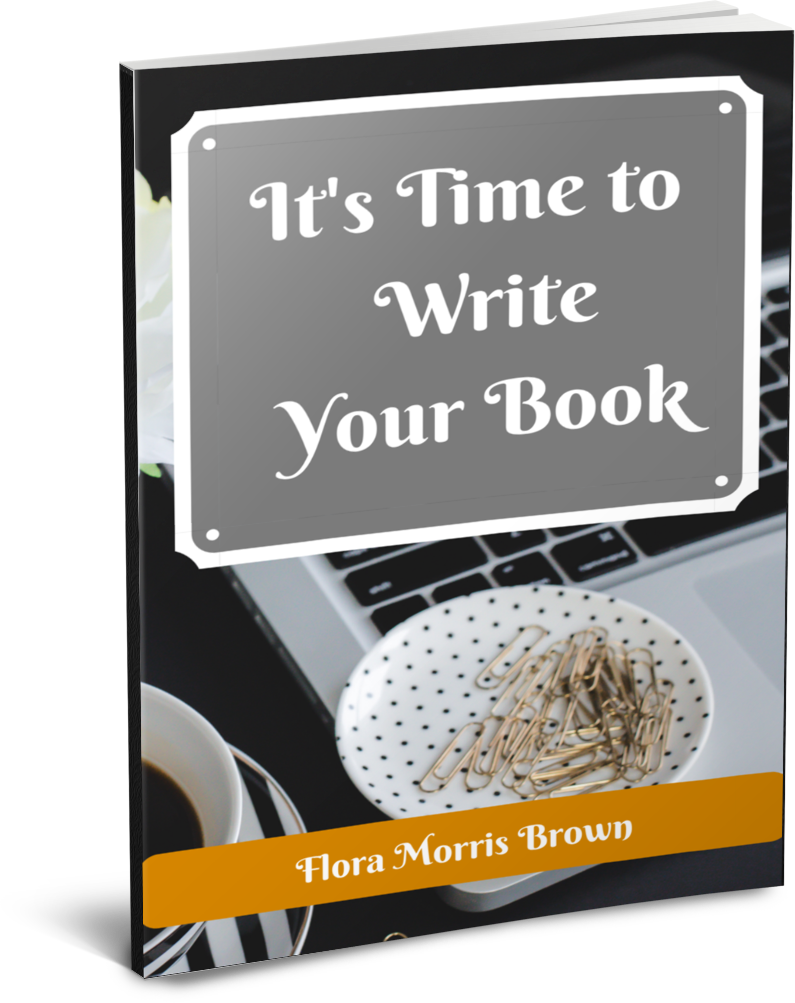

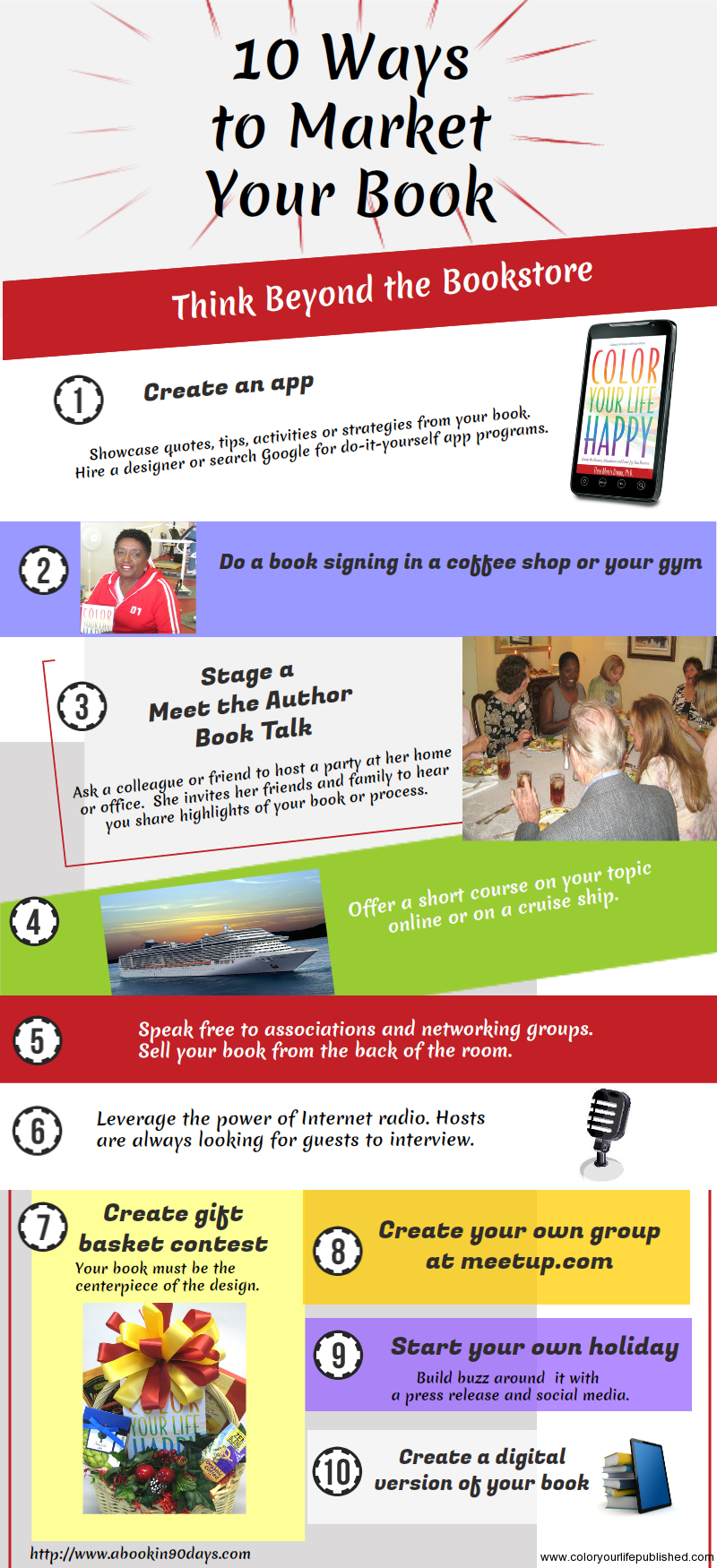
 To discover the best ways and places to market your book, service or company, get my free report “20 Free tips and Tools for Aspiring Authors and Proactive Entrepreneurs” below. It includes the three best free press release services.
To discover the best ways and places to market your book, service or company, get my free report “20 Free tips and Tools for Aspiring Authors and Proactive Entrepreneurs” below. It includes the three best free press release services.